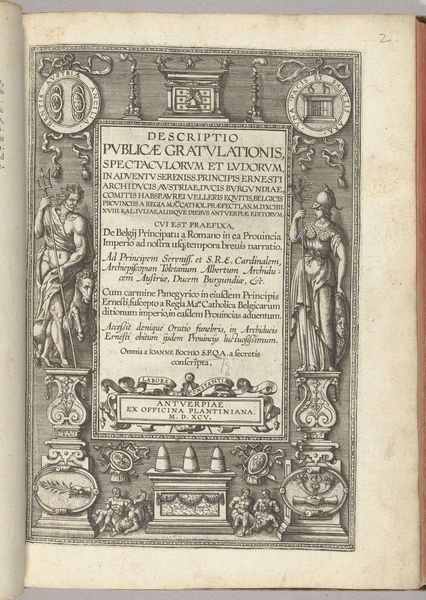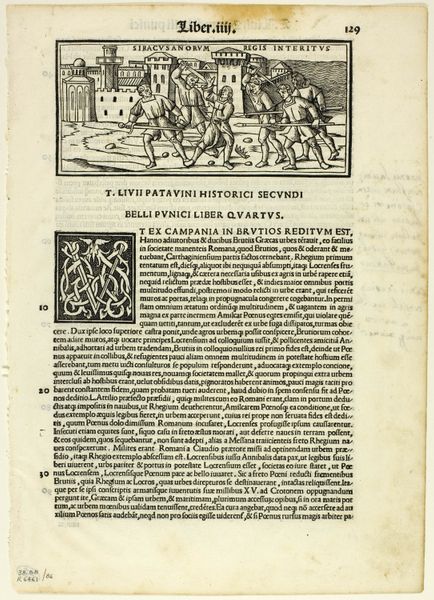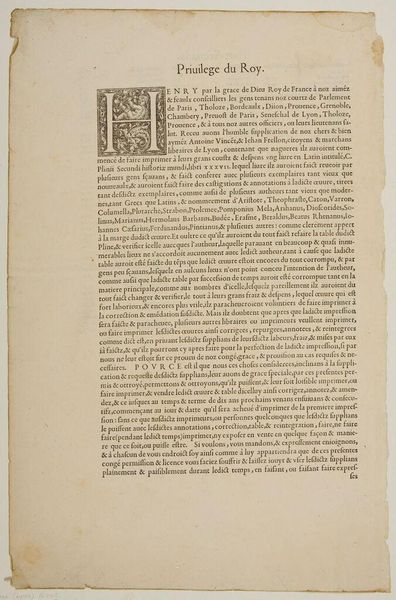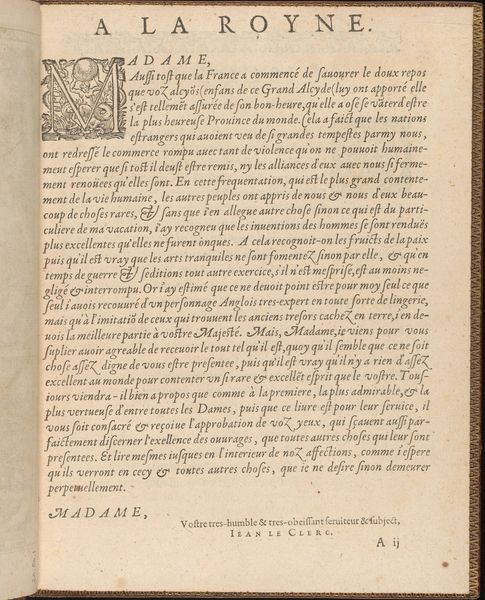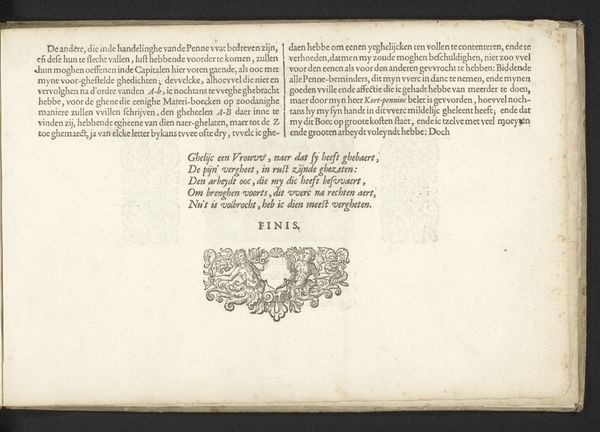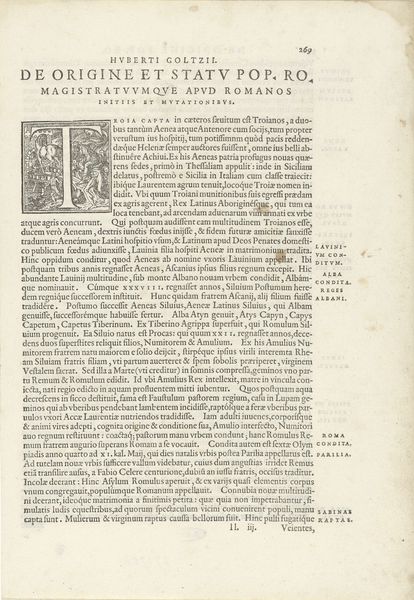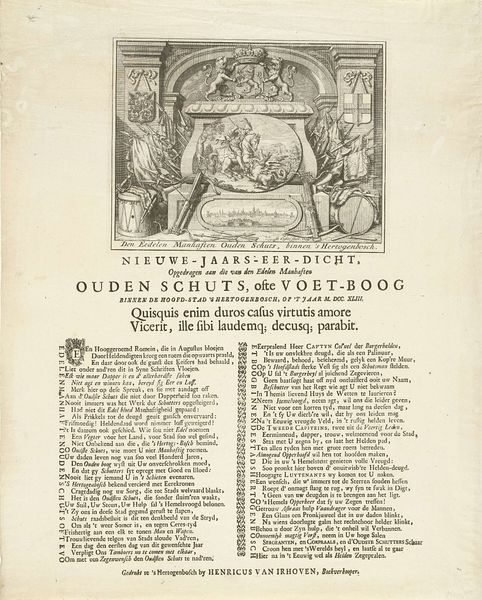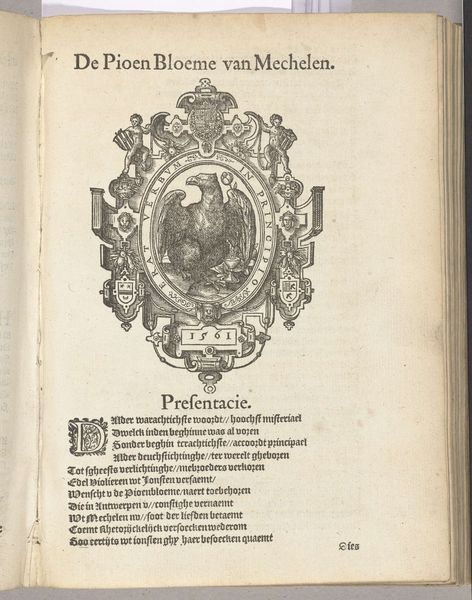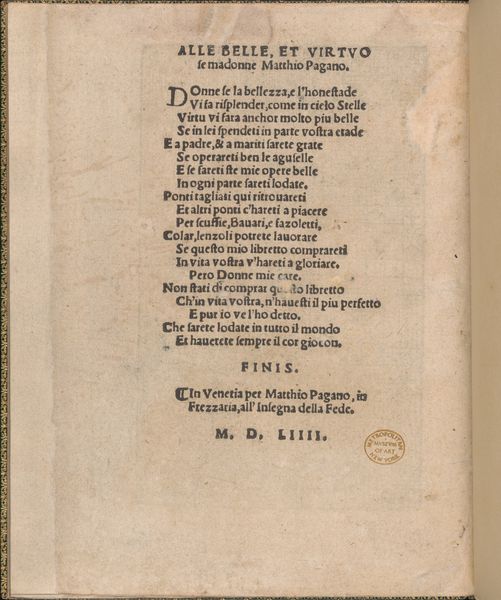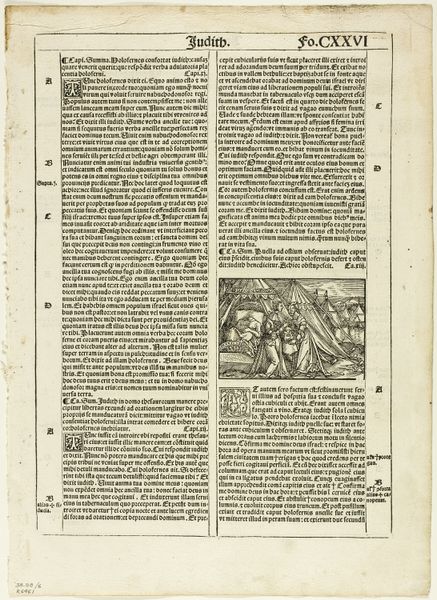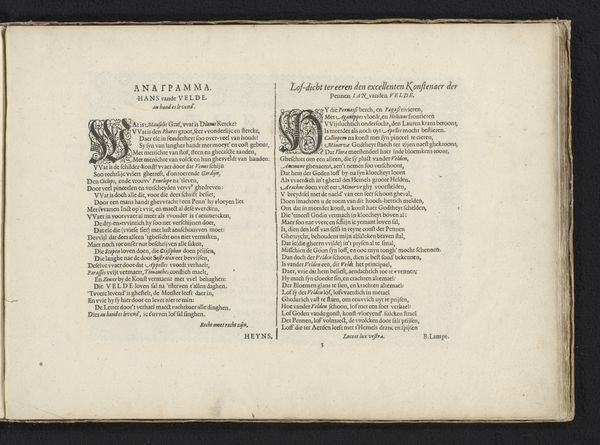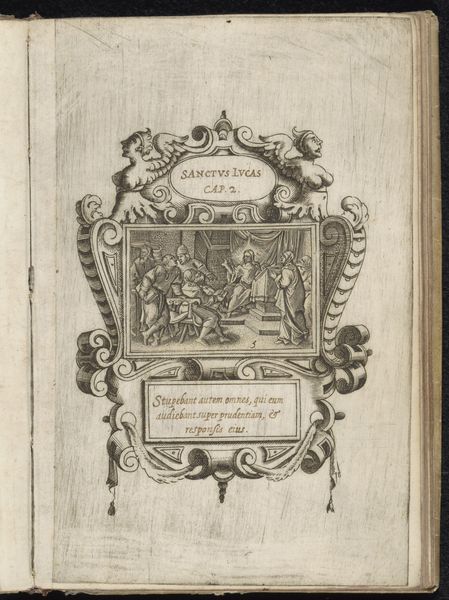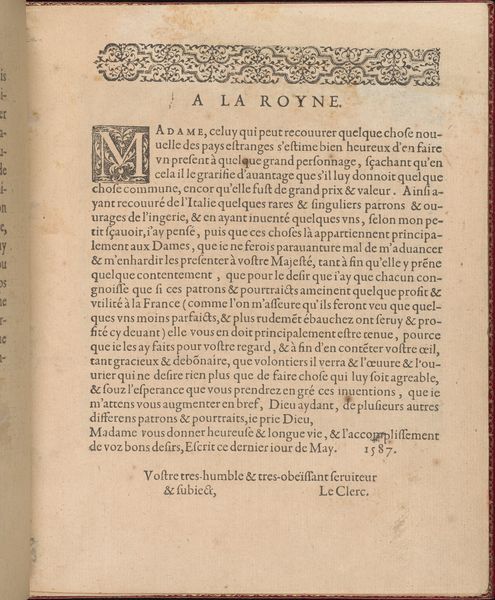
Leaf from De humani corporis fabrica (skull), plate 100 from Woodcuts from Books of the XVI Century c. 1543 - 1937
0:00
0:00
Dimensions: 111 × 109 mm (image, recto); 324 × 196 mm (image/text, recto); 79 × 103 mm (image, verso); 325 × 193 mm (image/text, verso); 401 × 280 mm (sheet)
Copyright: Public Domain
This woodcut of a skull comes from Jan Stephan van Calcar's illustrations for Andreas Vesalius’s “De humani corporis fabrica”, published in 1543. At its core, the skull is a potent symbol of mortality, a "memento mori," reminding us of the transient nature of life. Consider how the skull motif has echoed through time. In ancient Roman triumphs, a slave would stand behind the victorious general, whispering, "Memento mori," into his ear. This symbol reappears during the Renaissance in vanitas paintings, surrounded by objects symbolizing the brevity of life and the inevitability of death, such as extinguished candles or decaying fruit. This symbol has evolved, yet its primal message remains, tapping into our subconscious awareness of mortality. Like the ancient Roman slave or the Renaissance painter, van Calcar uses the skull to provoke reflection on the transience of existence, engaging us on a profound, almost instinctual level.
Comments
No comments
Be the first to comment and join the conversation on the ultimate creative platform.

